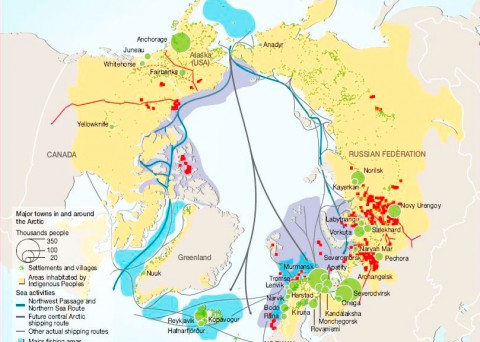
Arctic Environmental Change
The Arctic is home to approximately 4 million people, with the share of indigenous and non-indigenous populations varying widely between the Arctic states.
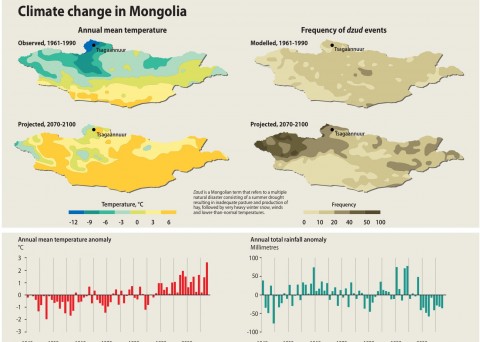
Climate Change in Mongolia
Herders from both the East and the West Taiga are concerned about the environmental changes that are taking place in their homeland.

Climate Change in the Himalaya region
Recent studies focus attention on the radically changed flood patterns, including heavy rainfall that leads to landslides and soil erosion.
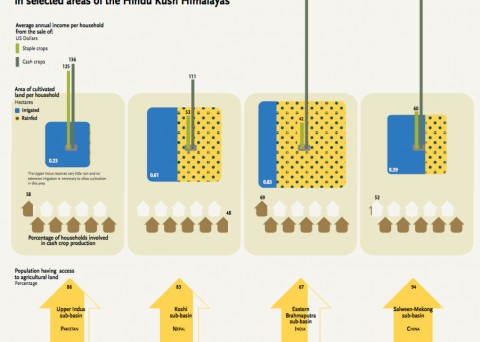
Agriculture in the Himalayas
Access to agricultural land and income from crops in selected areas of the Hindu Kush Himalayas. Historically, societies in the Hindu Kush Himalayas have been very adept at using the inherent flexibility of mountain food systems. This capacity will be much needed as climate change makes its mark.
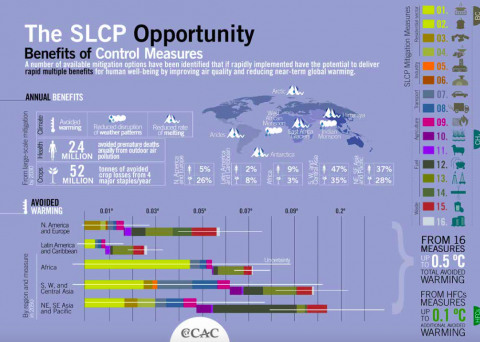
Time to Act: To Reduce Short-lived Climate Pollutants
Short-lived climate pollutants are impacting the climate system and the quality of our air.
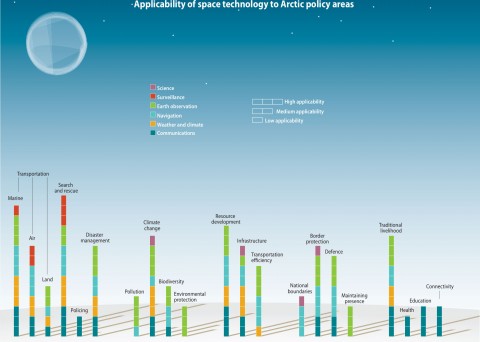
Applicability of space technology to Arctic policy areas
These figures map the contribution that each type of space system (communications, weather and climate, navigation, earth observation, surveillance, and science) can make to each policy area (safety, environment, sustainable economic development, sovereignty, and indigenous and social development).
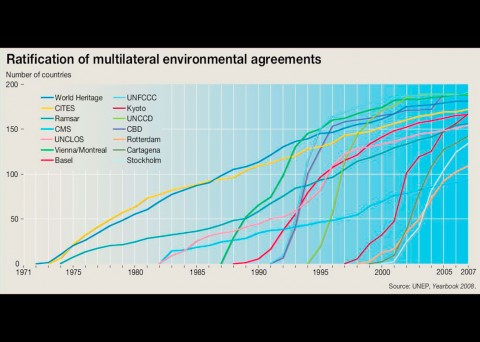
Ratification of multilateral environmental agreements
Multilateral environmental agreements (MEAs) are a main component of international environmental governance.


